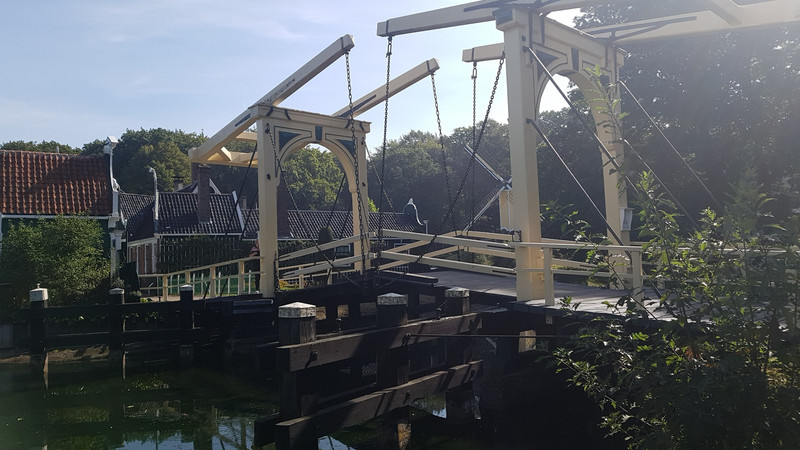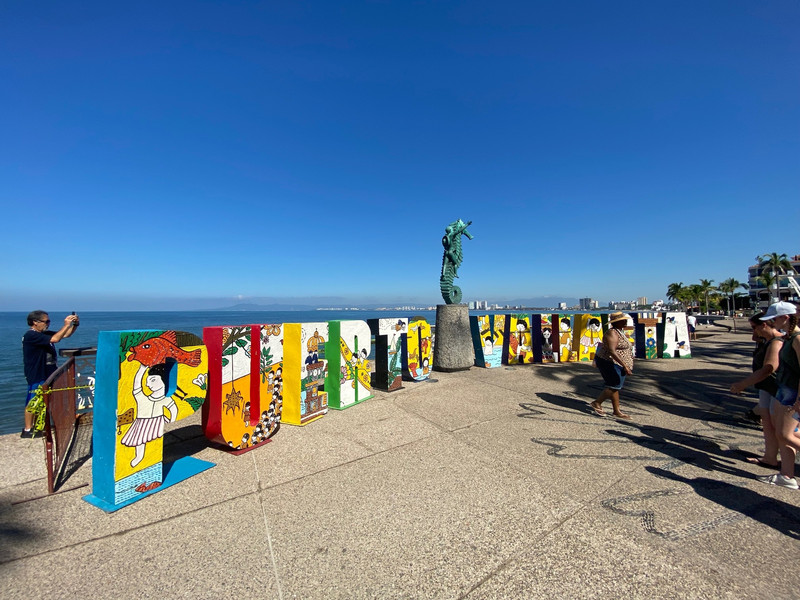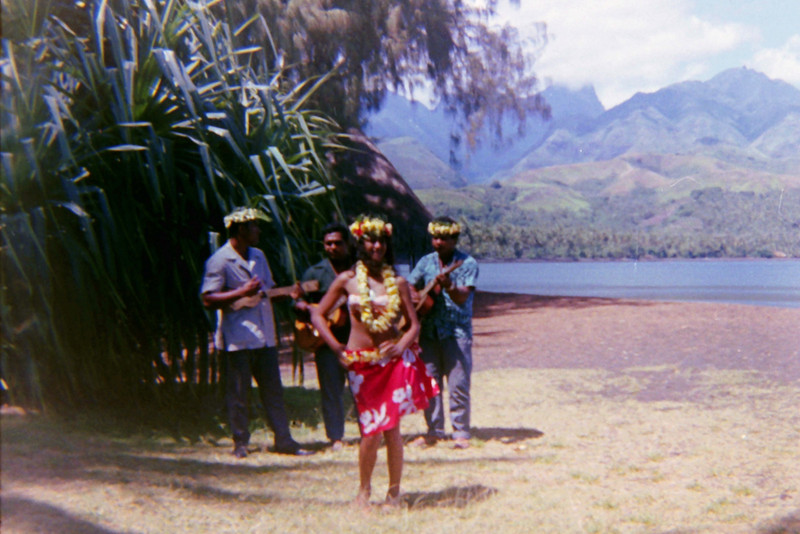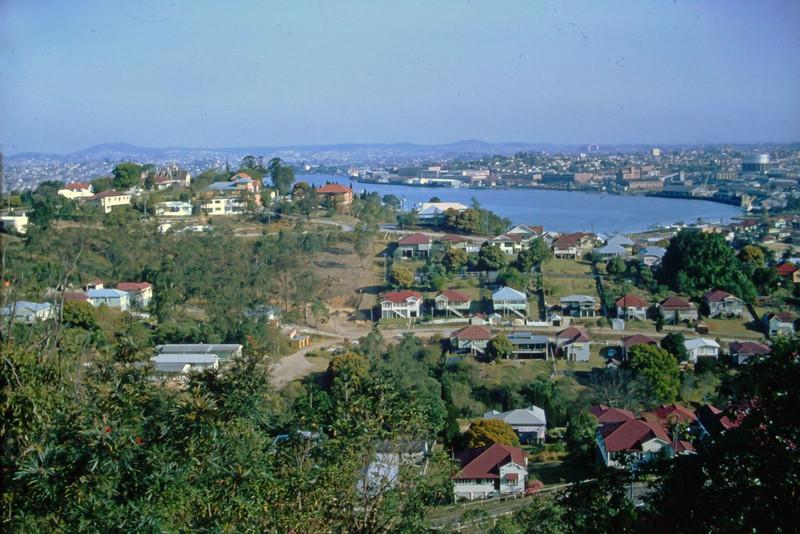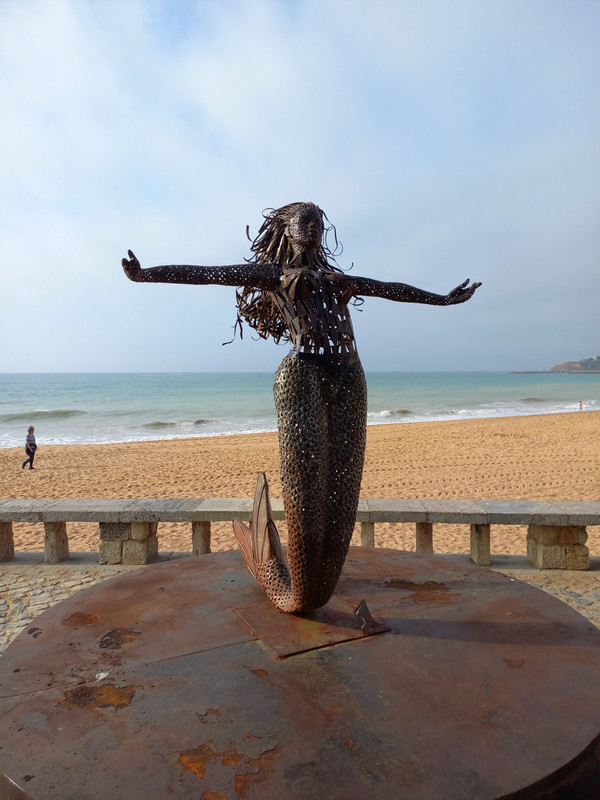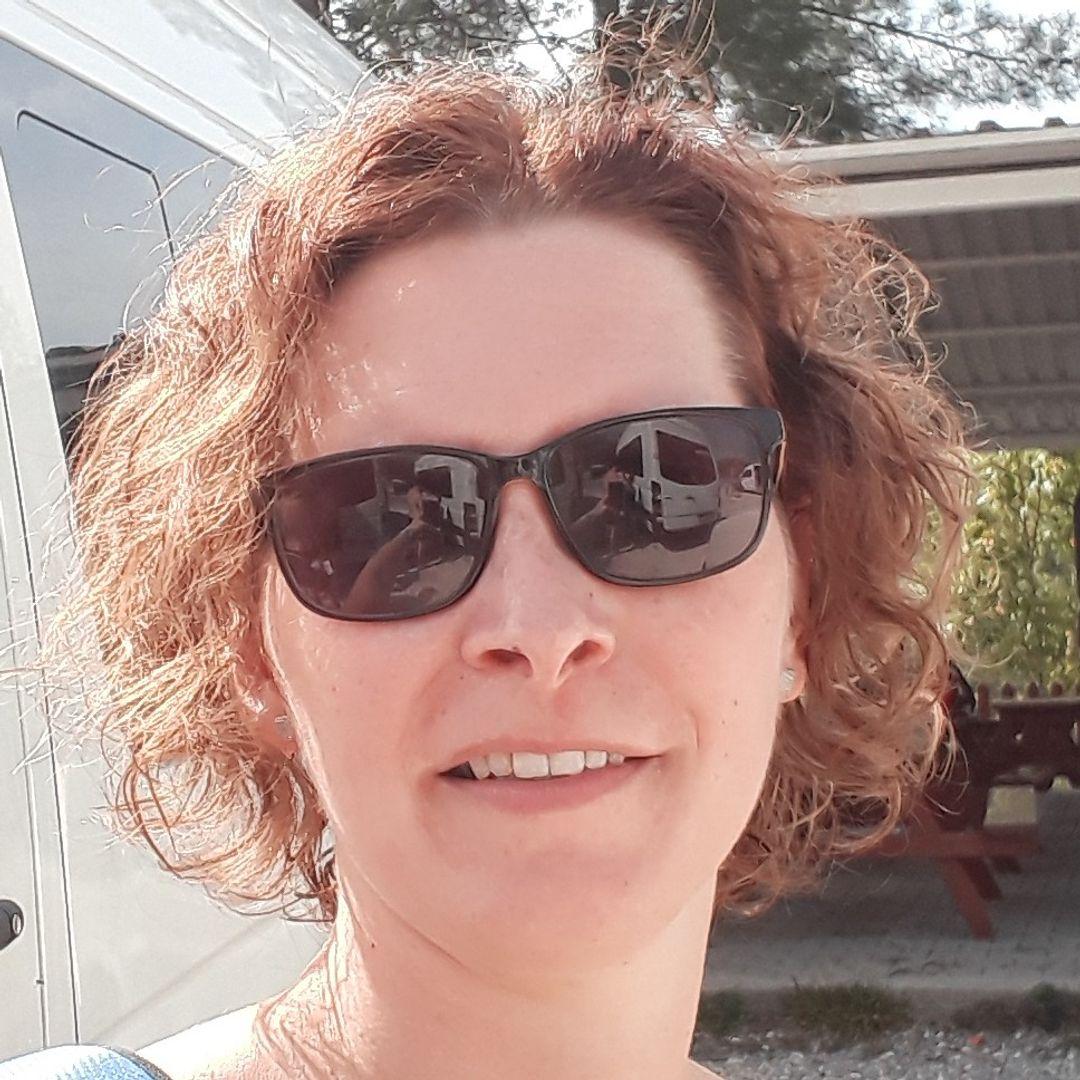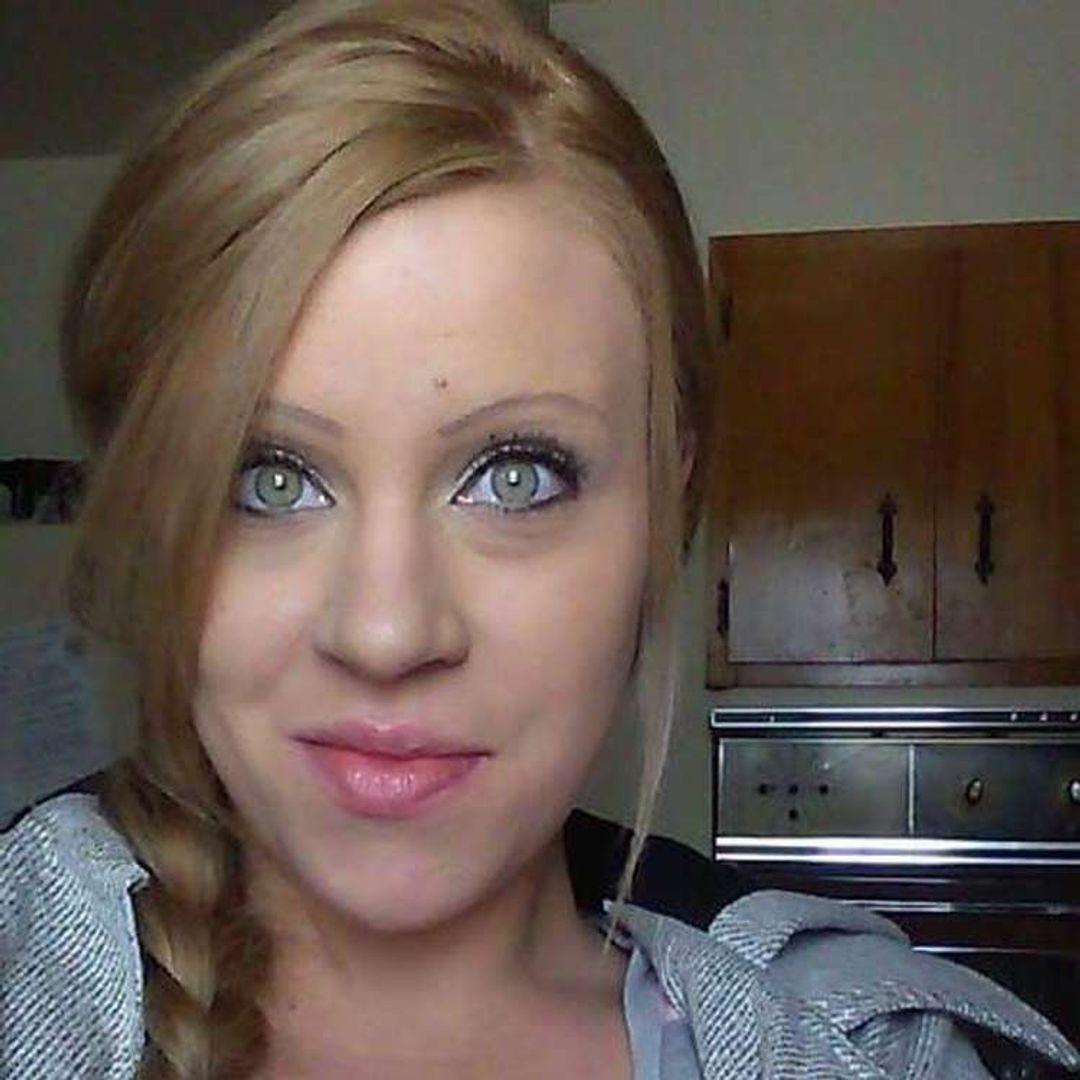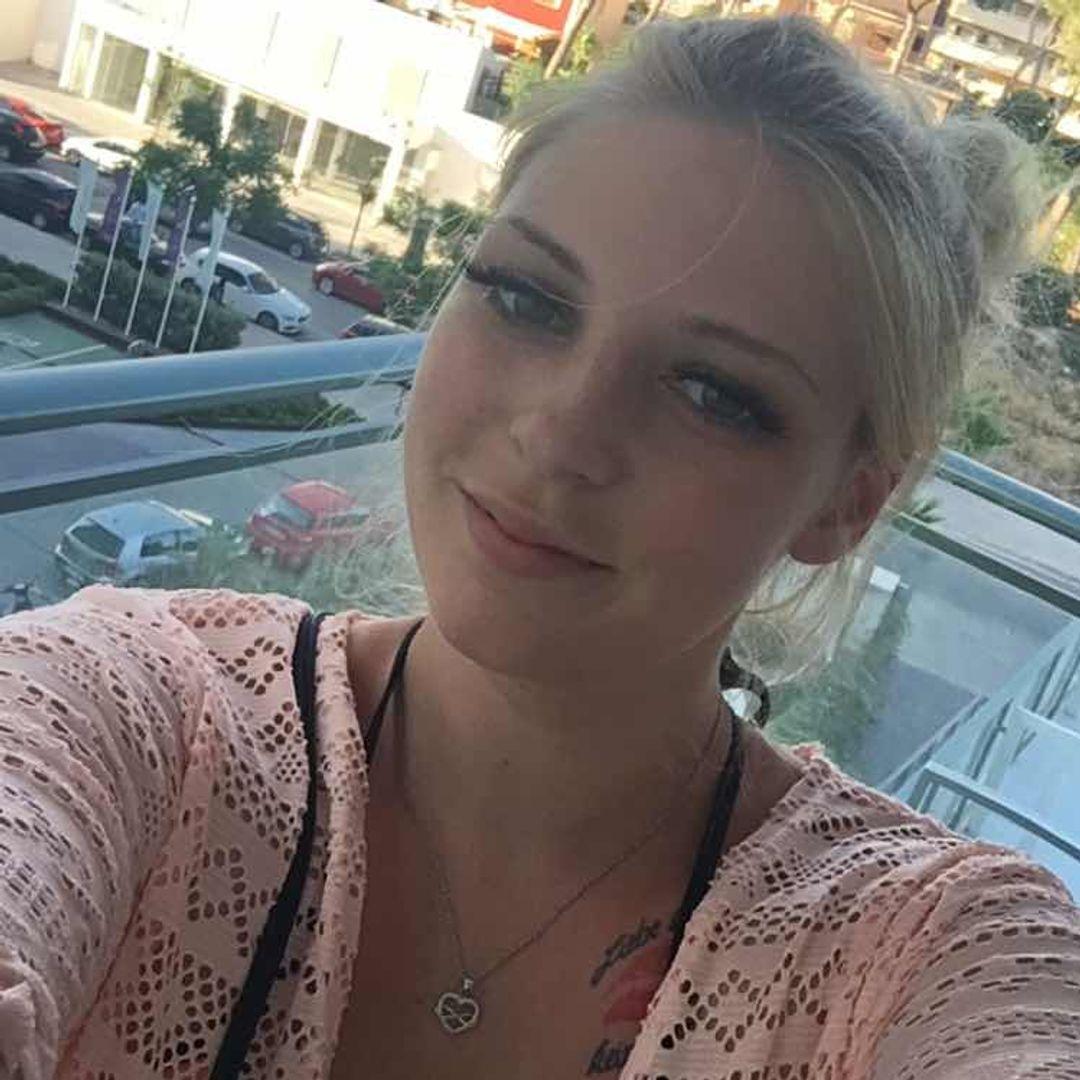We boarded the tiny tram again and set off along the tracks which followed the woods. In the distance we could see a windmill or a bakehouse and yet another farmhouse . Sometimes people got off the tram and wandered around before catching the next one . At other times they sat there going round and round . On our way round we were busy reading the literature which told us we were passing the Tower Mill saved from demolition in Delft . We alighted at Lint- Tuinen as did a number of other families . There was in this part of the park quite a number of different dwellings. A tin chapel rescued from Heerenhoek, a prefabricated bungalow donated by Norway . Inside of the prefab along with other houses felt like a trip to the past . To a world we remembered and sometimes chose to forget . Washing dolly tubs outside reminded us of our childhood where every house had a dolly tub, a washboard and a clothes horse or clothes maid. Washing was no different here than it was back home . Monday was washday and my mum prayed on a Sunday night for enough coal to
light the fire in order to get enough water to wash the clothes and for enough wind or sun to dry them.
Inside were the furniture we remembered . Rag rugs , no electricity, no central heating just the basics. A kitchen, a mixed matched front living room and a coal fire to warm ourselves on. A bed set into the wall like a cupboard . Outside were archery ranges, a brewery saved from Ulvenhout and a workers houses from Tilbury . Each house was different and reflected a change in style as we moved from the early part of the 20th century to the 1970s. Rag rugs replaced by carpets. More modern electrical appliances . An inside toilet rather than an outside privy. A wayside shrine had been dismantled and along the road . This from Margratan . How I wish in a way that some of the places had been left where they stood . Here although fascinating some seemed too clinical , too clean, too precise and artificial . Yes the buildings were saved but somehow they felt too much like museum pieces without life . A woman sat in one
- sadly a dummy rather than a real person . A real person could have been stoking the fire, cooking in the kitchen and looking after the baby. I would say dont get me wrong it was fascinating but I felt they were missing so much in telling the story of the movement of the buildings and the context . Half timbered barns and formal the scene .
We moved on a found barns full of dark rooms . Sometimes it was easy to see what was inside . One told the story of how escapees from prison camps risked their lives trying to cross from Holland to Belgium . Electric fences were set up to try to reimagine the scene . A village school was set up to tell life for children at school . I guess we seen the same kinds of museums so often that we are blase about the content after a while . A dairy factory , a wind driven drainage mill and a nodding donkey had been procured from Rotterdam . They all told a story about life in the Netherlands . Herb gardens to walk through .
arrived at the Plattland with its Spidermill, peat hut and a number of farmhouses of all shapes and sizes .
Our last stop of the day was to the Dorp - the town. Probably this was my favourite as when we planned this trip I had wanted to see Dutch bridges and windmills in situ . With Amsterdam and other towns going out of the window I was never going to see those bridges . Nor were we able to get to see the famous windmills of the Kinderdyke . So this had to suffice .
The area called the Dorp was created around a very large pond . It was approached via the prettily painted Ouderkirk dutch bridge . Ducks swam in the water around the bridge and a boatyard featured heavily in the plan. On all our sides were windmills of different colour and design. A drainage mill from Noordlaren , a wind driven sawmill rescued from Numansdorp and various fishermens cottages and a small drainage mill from Gouda .
